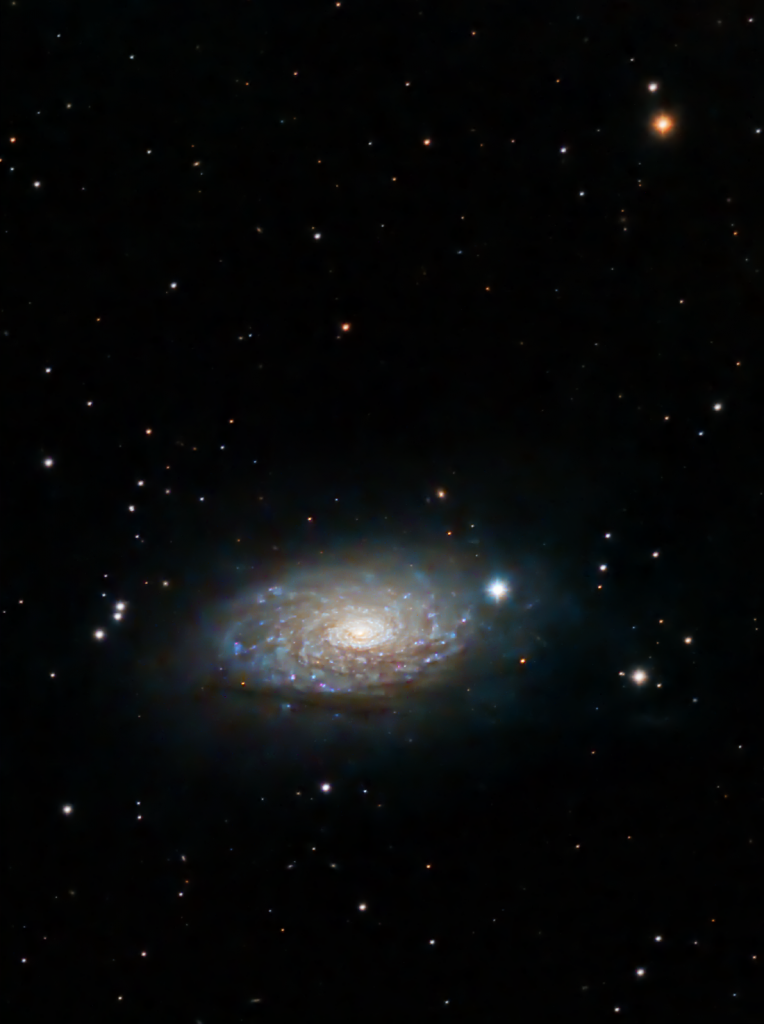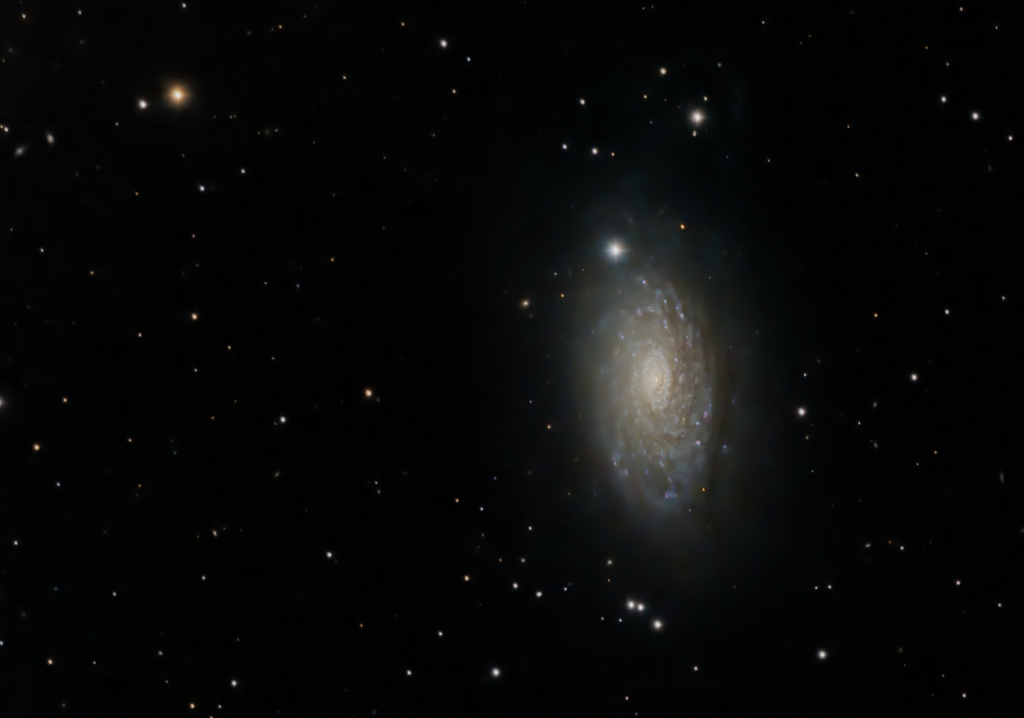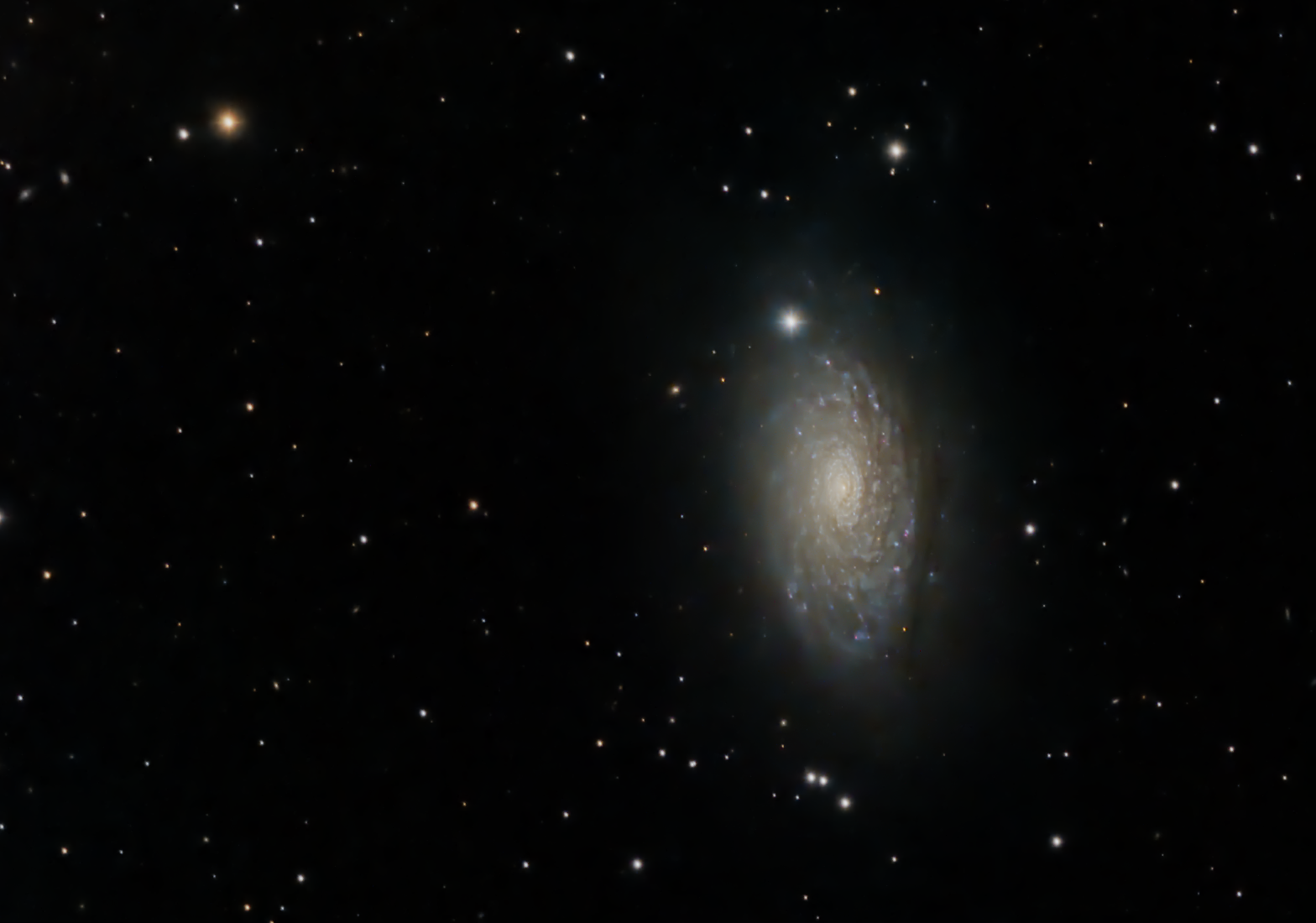
Similar Posts

Cone Nebula
Narrowband image of the cone-shaped absorption nebula in front of the brighter emission nebula in this interesting region of the Christmas Tree Cluster, about 2,700 light-years away.

Summertime weather hiatus…
Yeah, it’s been a couple of months since we’ve done a live star party online, or posted any new pictures. That’s just summertime in Central Florida for you – it’s been too cloudy to do any imaging or observing. The skies should start clearing up more in a couple of months, and we have every…
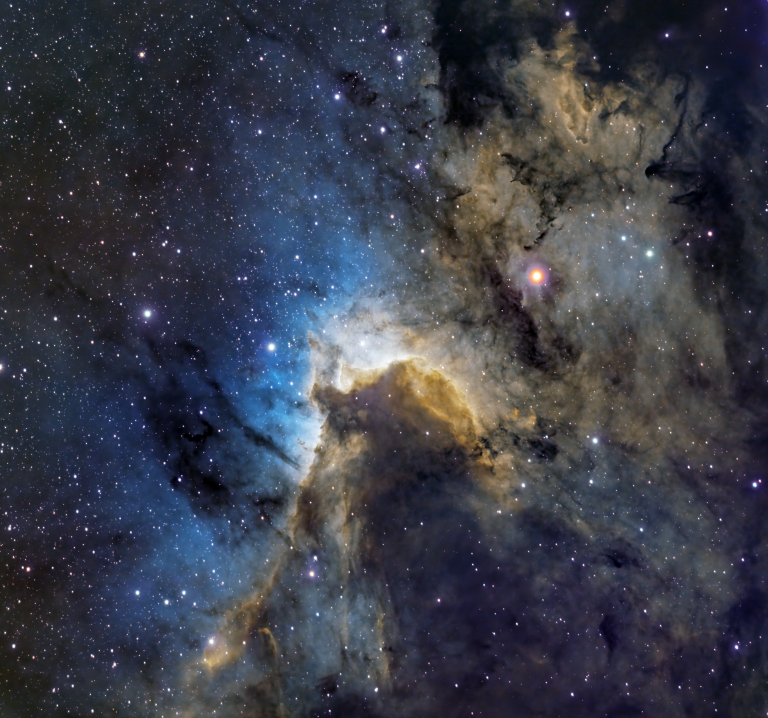
The Cave Nebula
Formally SH2-155, the Cave Nebula lies about 2,400 light-years away within the constellation Cepheus. It’s part of a much larger region of gas and dust (called a molecular cloud). This region is mostly ionized Hydrogen, but there’s just enough Oxygen – blue in this image – to make for a pretty picture. Capturing that Oxygen…
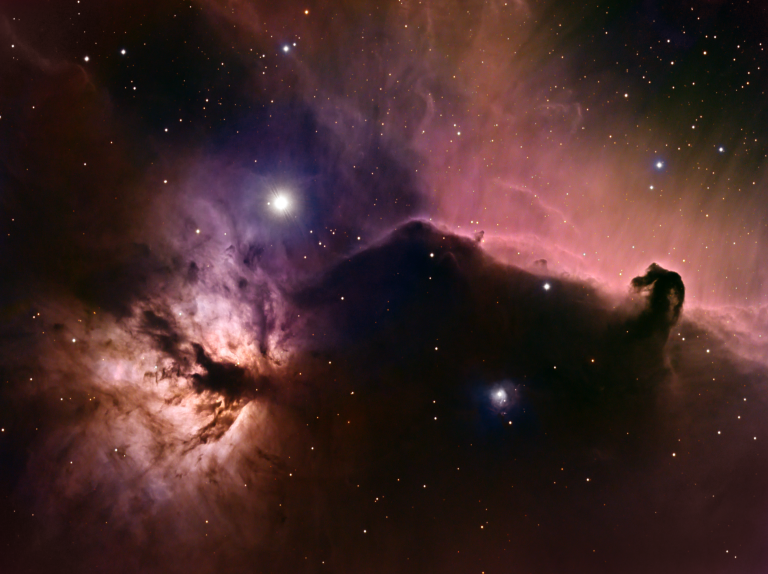
The Horsehead and the Flame
I trained my telescope at this pair of nebulas in Orion for a total of 10 hours. On the right is the iconic Horsehead nebula – actually a dark cloud of gas in front of the illuminated nebula behind it. To the left is the Flame Nebula. In between, in the upper-left, is the bright…

Revisiting the Needle Galaxy
This edge-on spiral is around 40 million light-years away within the constellation Coma Berenices. Lots of satellite and background galaxies to explore around it! Zoom in, and travel back in time – hundreds of millions of years.

Our new observatory!
Our new house has plenty of land, reasonably dark skies, and a reasonable homeowner’s association… so of course I had to try building an observatory! It may sound crazy, but it does offer a lot of advantages: I no longer have to set up my telescope, wait for dark, polar align it, and run a…

